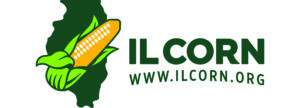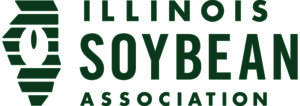EDUCATIONAL PARTNERS:
Connect on Social Media
Latest Article
.
Recent Series
Can ‘Lost’ Crop Acres Be Found?
April 1, 2024
Post-harvest Grain Marketing: Do Farmers Reap the Benefits?
January 5, 2024
Post-Harvest Grain Marketing: How Important Is It?
December 8, 2023
Variability in Trend Estimates for US Corn Yields
April 16, 2024
Impacts of Corn Acreage Increases on National Corn Yields
March 26, 2024
The Curious Case of US Corn Yields in 2023
March 19, 2024
Budget-Driven Crop Insurance Coverage Options for 2024
March 5, 2024
Estimated Likelihoods of PLC and ARC-CO Payments for 2024
February 27, 2024
A Menace Reconsidered, Part 4: Losing Nitrogen
April 18, 2024
The Dilemma of Actuarial Soundness, A Legislative History
April 11, 2024















